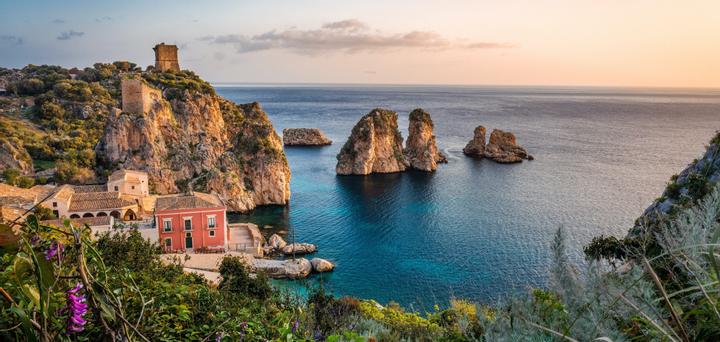
Sicilian Recipes
Sicily is just 3 km away from the Italian mainland across the strait of Messina. Yet the island has developed a rich culture that is distinct from the rest of Italy. Influences from across the Mediterranean have shaped the history and life on the island, including its food culture. Contemporary Sicilian cuisine is not just rooted in those many external influences but also in three distinct local food styles.
With a rich agricultural tradition, Sicily’s “cucina povera” (the “food of the poor”) emerged among the peasants in the island’s countryside. The cuisine is rich in traditional local ingredients, in particular, various legumes that served as a protein source for people who could not afford meat. From the food of the poor evolved the “cibo di strada”, the street food of the Sicilian capital, Palermo. It is unique to the island and has a long tradition with many influences. In the 18th and 19th century, when Sicily and Naples formed a unified kingdom, the “cucina dei monsù” emerged in the kitchens of the local aristocracy. The chefs of the Sicilian upper class created dishes that merged a strong French influence with local Italian produce.
Laura, a food blogger who grew up in Messina, has put together a selection of authentic Sicilian recipes for Gourmagine. During the summer season most of the dishes’ ingredients are also freshly available from local Swiss farmers.
Today's recipe Suggestions
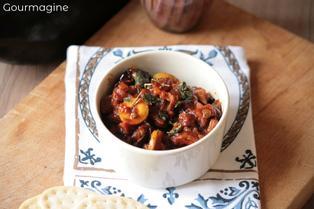
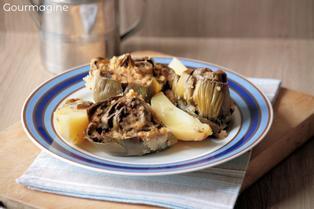
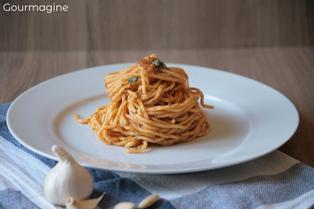
Other authentic recipes
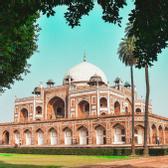
North India

Thailand

